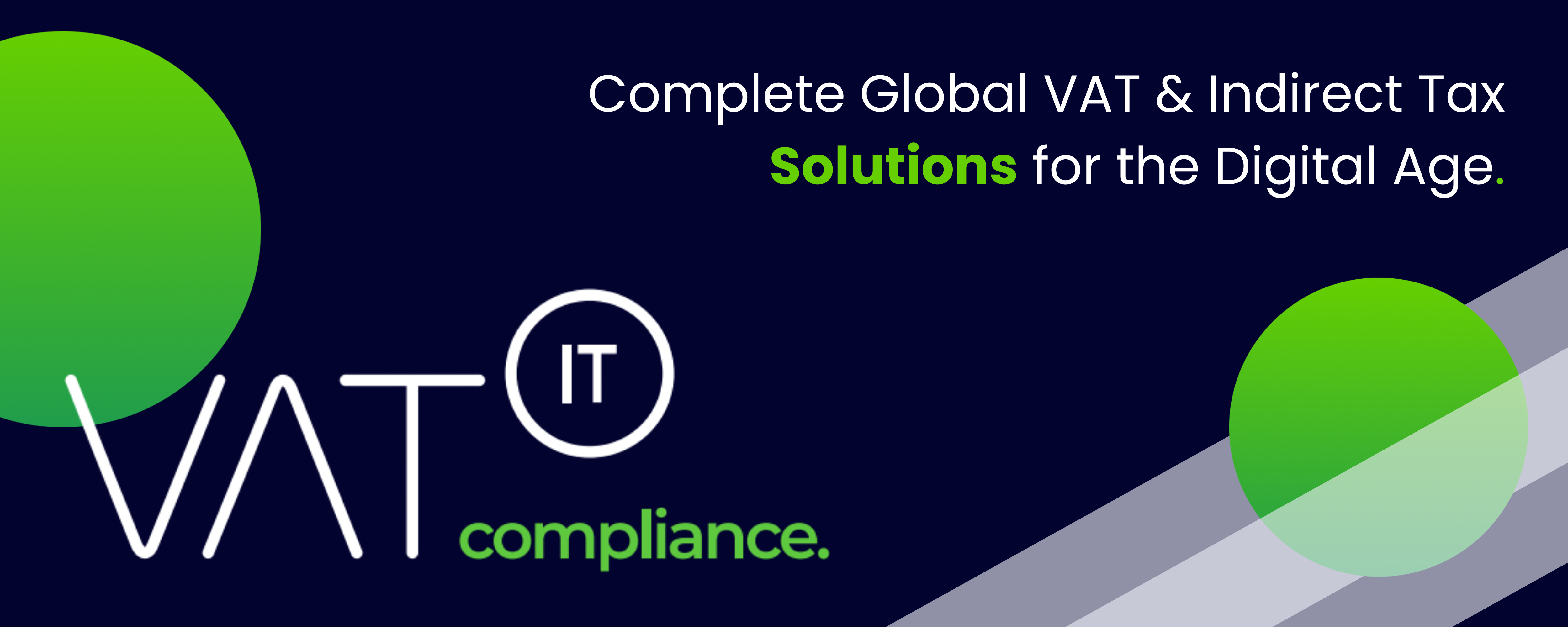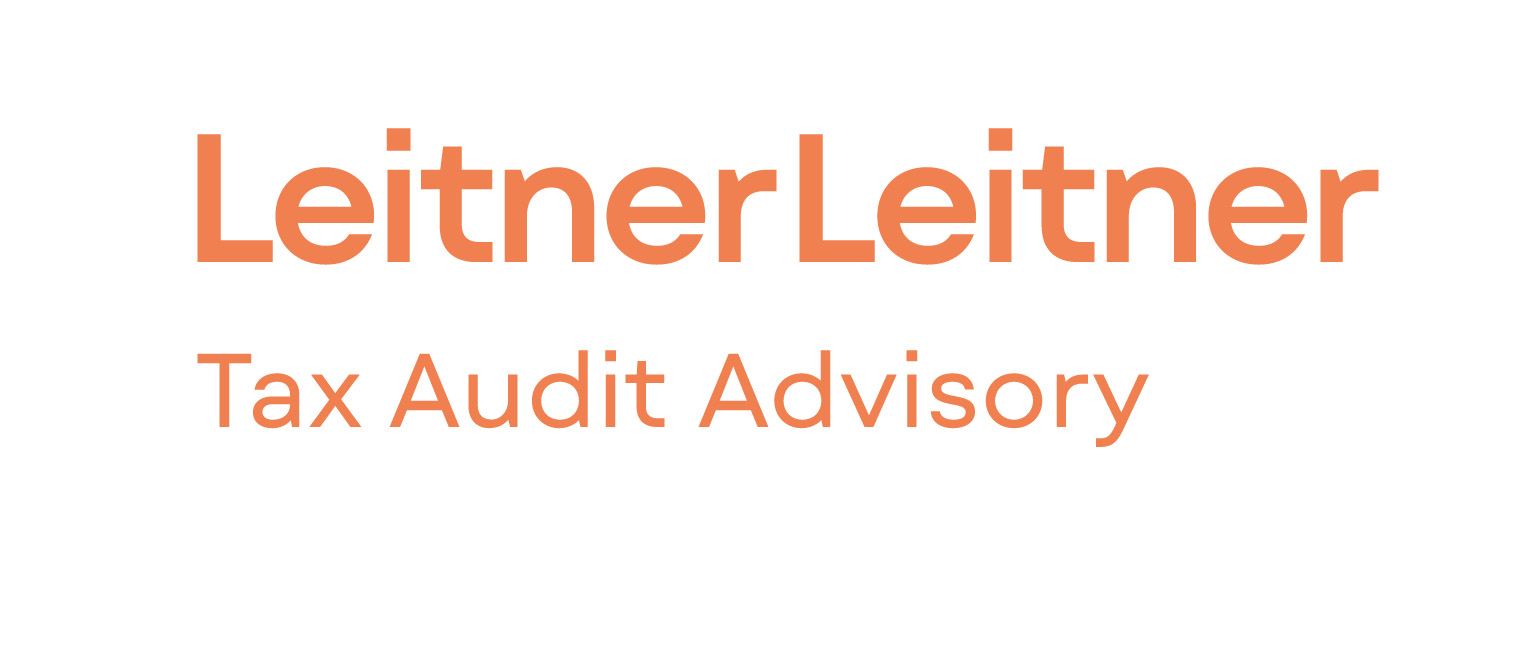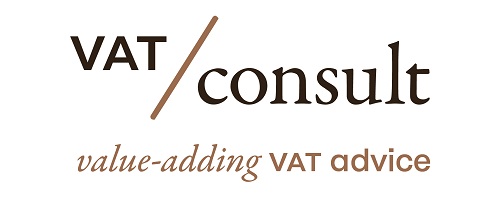Triangulation allows businesses to reduce VAT registrations in Europe when making international supplies of goods. This is a simplification at the EU level with standard conditions in all EU countries, but some differences apply.
Triangulation is a supply chain transaction where goods are shipped directly by the supplier (party A) to the end client (party C) but invoiced to an intermediary (party B), who then re-invoices this supply to the end customer (party C). In VAT triangulation, there is always one flow of goods and two flows of invoices.
When triangulation simplification applies, the intermediary can avoid a VAT registration in the country of its customer.
Source: Marosavat
Latest Posts in "European Union"
- Questions to ECJ – Quick Fixes Under Scrutiny: Is an EU VAT ID a Substantive Requirement for Zero-Rating?
- Briefing document & Podcast: ECJ VAT C-622/23 (RHTB) – VAT Implications in Work Contract Cancellations
- New GC VAT Case: C-689/25 (British Company) – No details known yet
- Comments on ECJ Case C-726/23 (Arcomet) – ECJ clarifies VAT rules for Transfer Pricing adjustments in intragroup transactions
- ETAF Calls for Modern, Harmonised VAT Rules for EU Travel and Tourism Sector Reform














